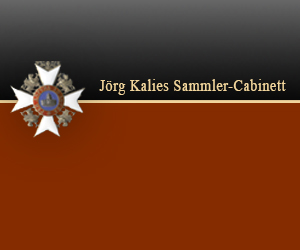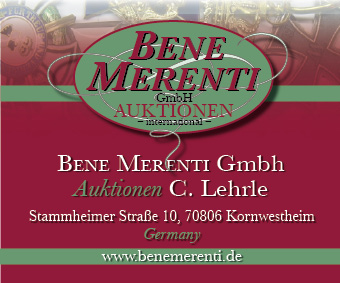German Fire Protection Police Sabre (personalised version)
CATEGORY: Version
SKU: 52.GOR.04.03.002.001
Estimated market value:



Estimated market value:
During the Third Reich, an effort was made to unite all of Germany’s disparate provincial police forces and agencies into a single cohesive national unit. To attain this goal, Reichsführer-SS Heinrich Himmler was named Chief of the German Police in the Ministry of the Interior in June 1936. That same month, Himmler implemented new standardized uniforms, headgear, and insignia. The uniforms worn prior to Himmler’s appointment were often navy blue, particularly in what had been Prussia. The new uniforms were green, in a shade that was then dubbed “Police green”.
The German Police were divided into two main units, the Ordnungspolizei (Orps or Regular Police) and the Sicherheitspolizei (Secret Police); the Ordnungspolizei were unofficially called the green police (Grüne Polizei) as a result of their uniform colour. The Sicherheitspolizei were made up of two main organizations, the Gestapo and the Kriminalpolizei (Criminal Investigation Police). At the beginning of the Second World War, the Sicherheitspolizei were brought under the auspices of the Reich Main Security Office.
The Fire Protection Police was coalesced into a single national unit in 1938. Prior to 1938, Fire Protection Police Officers with the ranks of Wehrführer and Hauptbrandmeister and up were permitted to wear the Army-style Fire Protection Police Sabre. Post 1938, a sabre with specific Fire Protection Police attributes was created. These sabers were worn as part of the mess dress, service uniforms, walking-out-dress, or parade uniform. When the wearer was riding a horse, the saber was mounted on the saddle, but when they were on foot, the saber was attached to the wearer’s belt via a cross-strap. At the beginning of the Second World War, this saber was abolished.
There are many variations of the Fire Protection Police Sabre.
The handle of the sabre is made up of the pommel, the grip, the knuckle bow, and the crossguard. The saber pommel may be composed of unadorned and smooth gold-coloured metal, or have an ornate lion head design. The grip may be composed of black wood, plastic, or “shark skin” with horizontal grooves, and aluminum wire wrapped in the grip grooves. The knuckle bow has a “D” shape, and the crossguard has a downward pointing arm/quillon. The langet below the crossguard may feature the image of a fire protection helmet in front of two crossed axes.
The blade is curved and composed of nickel-plated steel. The obverse and reverse of the blade ricasso generally feature acid etched manufacturer marks. The manufacturer’s logo/trademark may be featured on the obverse, while the full name and location of the manufacturer may be on the reverse. The manufacturer marks may be obscured by the langet. There may be additional ornate Fire Department designs etched onto the obverse and reverse blade surfaces.
The scabbard is made from black painted sheet steel. At the top of the scabbard, there is a lacquered band with a suspension ring that facilitates the saber’s attachment to a saddle or belt. At the bottom of the scabbard, there is a crest.

Comments
Sign in to comment and reply.


Scroll Top